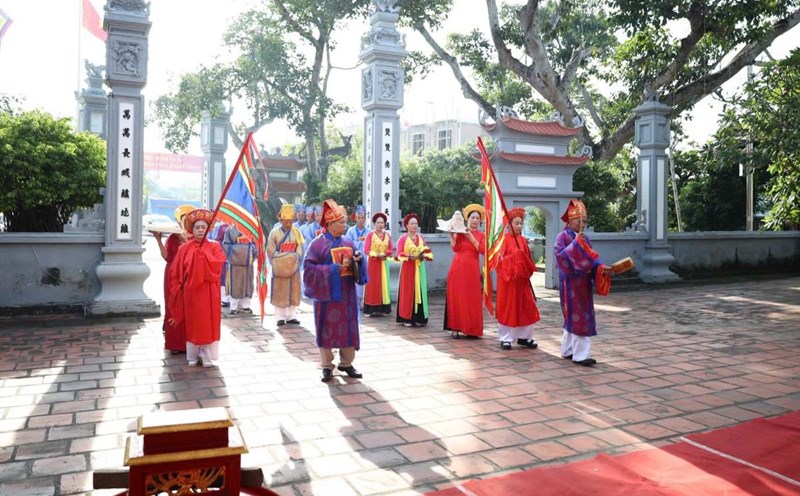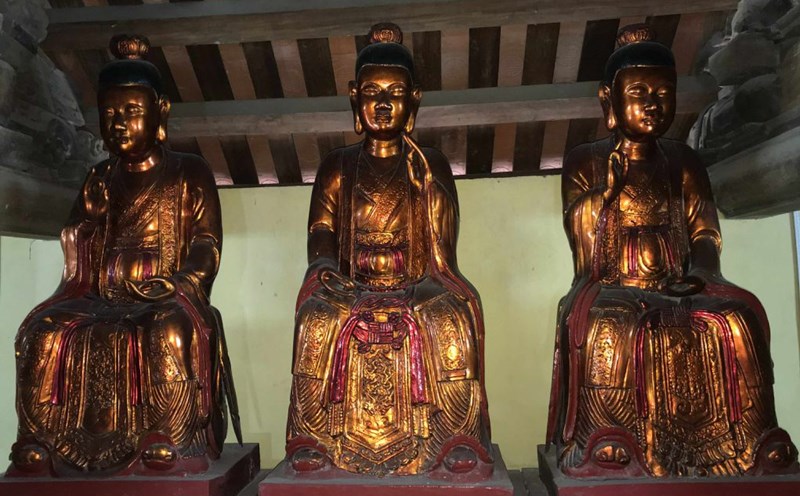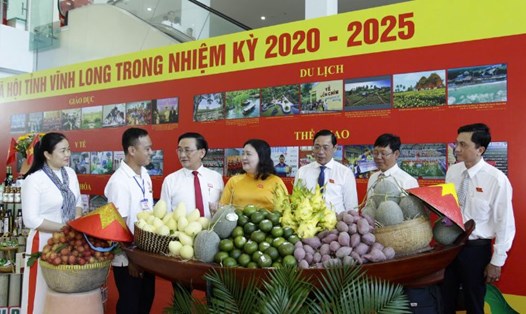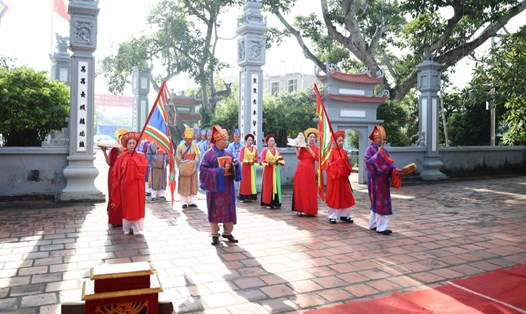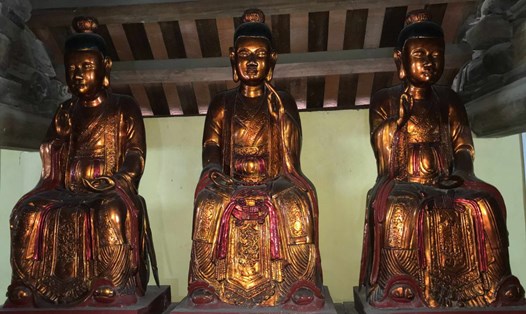Decision No. 1938a/QD-UBND dated August 30, 2025 of the Chairman of the Lang Son Provincial People's Committee approved the overall planning for 22 national relic sites located in the Chi Lang historical relic site complex.
According to the decision, the scope of planning is determined on the basis of the Overall Planning of Chi Lang relic site approved in 2012 and the special national relic dossier according to Decision No. 1954/QD-TTg.
However, through review, many relic sites have no traces of origin or have been used by people for cultivation.
Therefore, this planning is to expand the conservation boundary, ensure investment efficiency while still maintaining the goal of preserving, restoring and promoting the value of the relic.
The total planned area of 22 national relic sites is 35.84 hectares.
Specifically, it includes a cluster of 8 relics in Chi Lang commune (formerly Chi Lang town): Quan Am bridge, Luy Kai Kinh citadel, Lung Ngan, Quan Cong market, Nai pagoda, Ban Co mountain, Tay Ngai mountain, Ba Tai lion.
Cluster of 8 other relics in Chi Lang commune: pig slaughter stone, ancient brick kiln, Trung communal house, Dong Dinh square, Don village, Quan Thanh, Ai abyss of the original Ly, Goc Gao hamlet.
Cluster of 5 relics in Chi Lang commune (formerly Dong Mo town): Hon Ngoc mountain, Hang pagoda, Tuan wharf, Trang Khanh citadel, Liu village.
Monument cluster in Nhan Ly commune (formerly Mai Sao): Ho Lai temple.
The planning goal is to determine the scope of conservation, restoration and rehabilitation of original elements of the relic, while orienting the architectural space, technical infrastructure and landscape accordingly.
The representative of the Department of Culture, Sports and Tourism of Lang Son province also aimed to connect 22 national relics with 24 special national relics out of a total of 46 Chi Lang relic sites, forming a series of relics to help recreate the whole scene of the historic Chi Lang battlefield.
At the same time, the planning also creates conditions for linking with other tourist destinations of the province, forming a chain of unique cultural and tourism products, contributing to the economic and social development of the locality.
At the same time, this is also an important legal basis for managing and controlling planning space, as well as implementing investment projects, preserving and restoring relics in the coming period.


